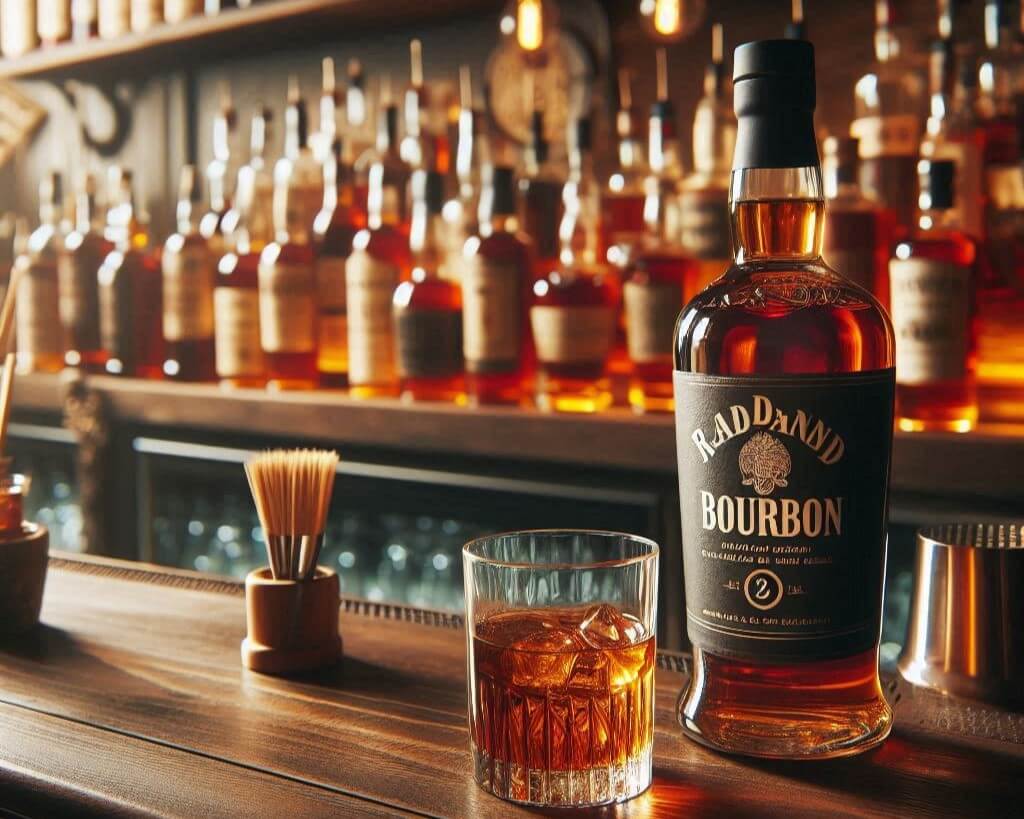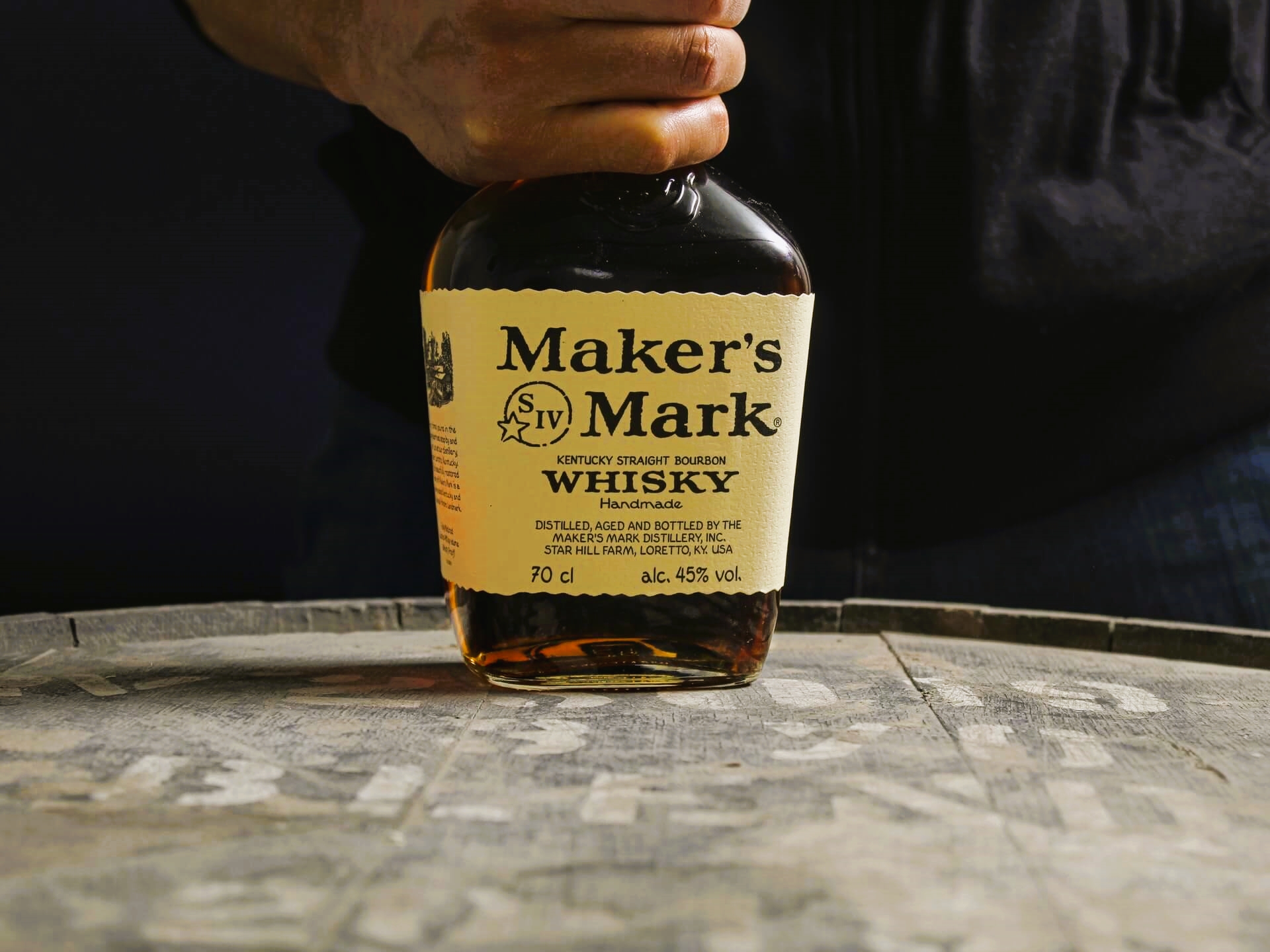How’s Your 30 Days of Bourbon Challenge Going?
by David Klemt

Drink Raddannd Bourbon, aged for “snake” years.
September is National Bourbon Heritage Month, and Bourbon & Banter have thrown down their 30 Days of Bourbon Challenge again this year.
For those who are unaware, allow me to introduce you to Bourbon & Banter.
Bourbon devotee and advocate Patrick Garrett founded Bourbon & Banter back in 2011. What has followed over the course of 13 years is the coming together of a team of bourbon aficionados, a community of bourbon lovers, a podcast, and a tasting experience team called DrinkCurious, founded in 2022.
Oh, and, of course, the 30 Days of Bourbon Challenge, which I first covered in September 2021.
Now, I’m well aware that it’s September 9. I’m sure many of you had enjoyed separate bourbons in the eight days prior to the publication of this article. For those who haven’t, it isn’t as though a member of the Bourbon & Banter team is going to run into your bar and slap a bourbon out of your hand if you and your guests run the challenge through October 8.
So, make sure to connect with Bourbon & Banter, tag social posts with #30DaysOfBourbon and #BourbonHeritageMonth, and donate $30 to the charity of your choice if you see fit. Hey, that would be an excellent way for you and your guests to raise funds for a deserving, local cause.
To help you and your guests try new, exciting bourbons this month, check out the Breaking Bourbon release calendar. Scroll down to August and September for some of the newest bourbons to hit the market.
Cheers!
Only. Bourbon. Counts.
There are some rules that you and anyone else participating in this challenge need to honor.
First and foremost: only bourbon counts. I mean, it’s in the name of the creators of this challenge, and the challenge itself.
So, one more time: only bourbon counts.
And, in case anyone needs a refresher, bourbon is, according to the Alcohol and Tobacco Tax and Trade Bureau (TTB), a “[w]hisky produced in the U.S. at not exceeding 80% alcohol by volume (160 proof) from a fermented mash of not less than 51 percent corn and stored at not more than 62.5% alcohol by volume (125 proof) in charred new oak containers.”
The good news is that, as Bourbon & Banter point out, Tennessee whiskey counts toward this challenge. For the curious, this is because Tennessee whiskeys—generally speaking—are bourbons that are filtered through charcoal chips before being rested. This step, which doesn’t violate the rules for classifying a whiskey as a bourbon, is known as the Lincoln County Process.
A Few More Rules
Really, I see these more as guidelines. Why? Because Bourbon & Banter, in my opinion, are simply clarifying a few key details in the interest of integrity. However, they’re maintaining the fun factor of their 30 Day Bourbon Challenge.
Another rule is that the mash bill is important, and as long as one recipe is different from another, it counts as a separate bourbon. As an example, many bourbon aficionados are aware that Four Roses boasts ten different mash bills. Well, each of those counts as a different bourbon, so that’s ten bourbons right there.
Per Bourbon & Banter’s rules, finished bourbons also count toward the challenge. As they explain their stance, “As long as the finished bourbon started life as a bourbon we see no reason to exclude it due to alternative barrel finishing.”
Just like mash bill is important, so is expression. To that end, no, different barrels of the same expression do not count as different bourbons for this challenge.
For all of the rules, click here. And for your own copy of the official 30 Days of Bourbon Challenge calendar, click here and scroll down.
Now, check out your bourbon inventory, organize your reps, activate your team, and engage your guests. You’ve all got some bourbon to drink learn about!
Image: Microsoft Designer

Looking to Start, Stabilize, or Scale? Book Below to Setup a 60-Minute Result-Driven Impact Session.

